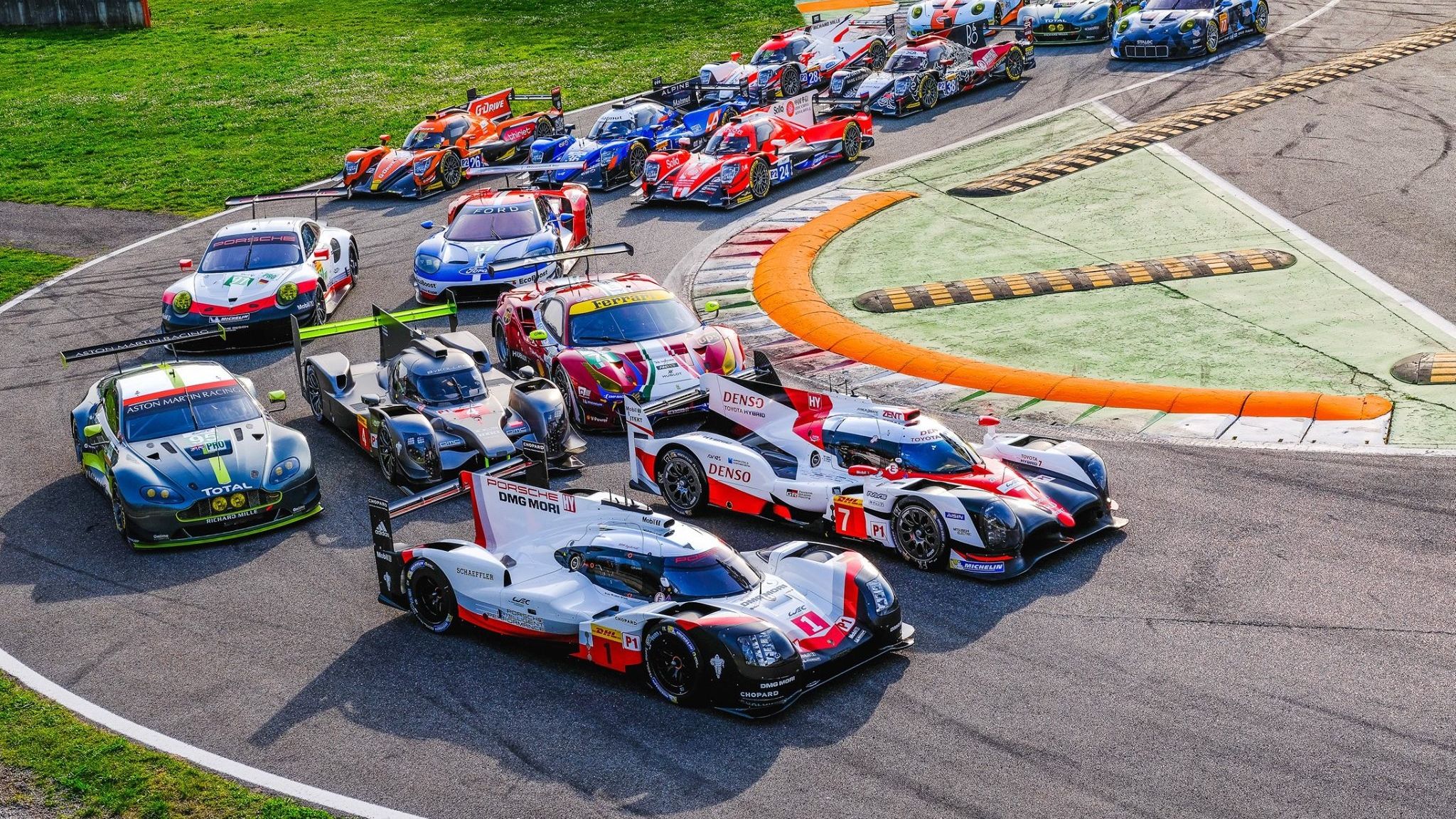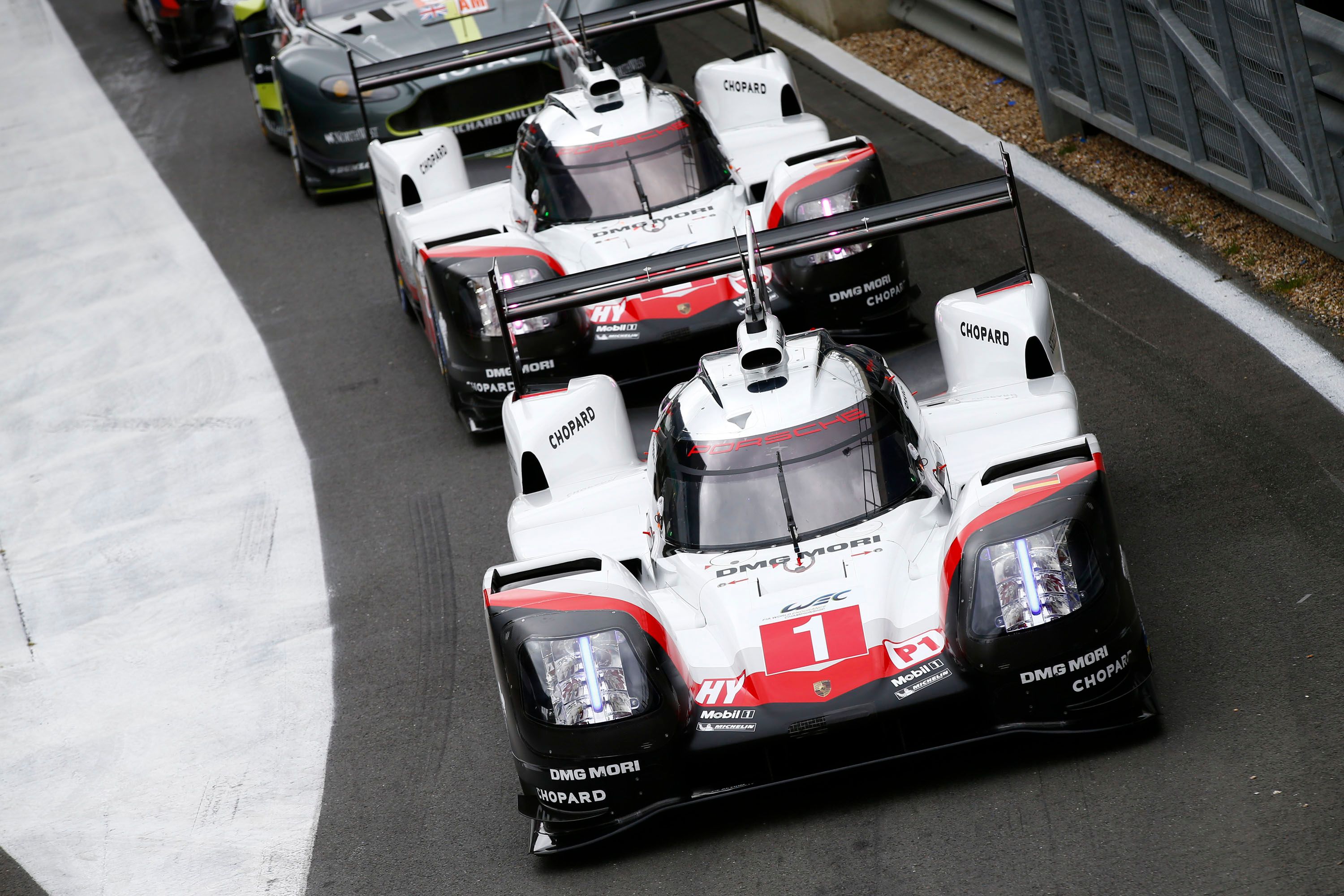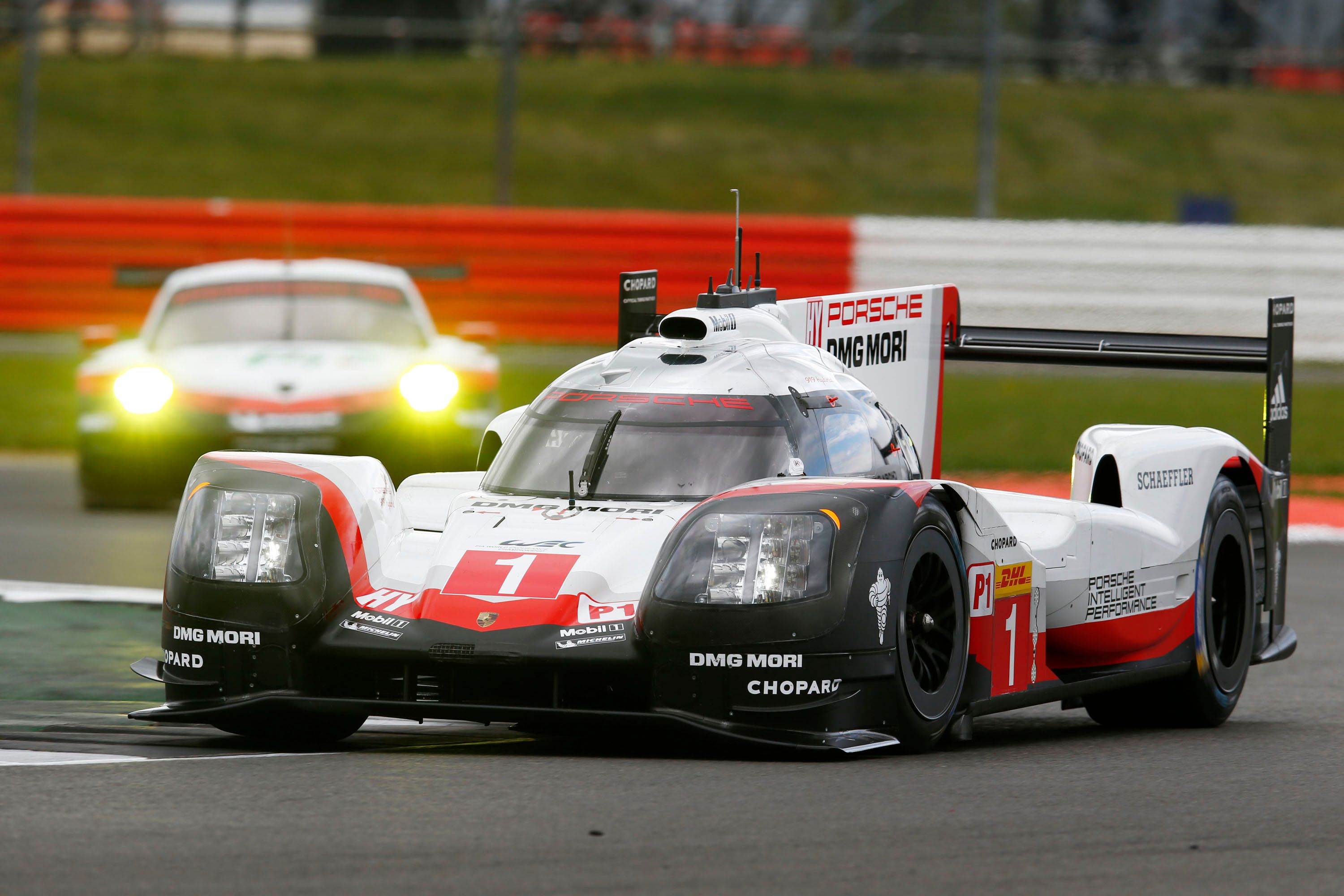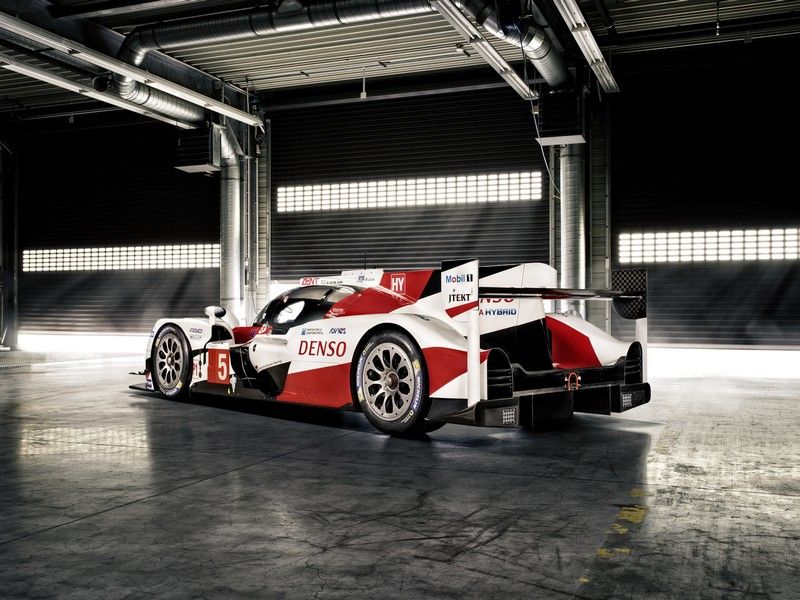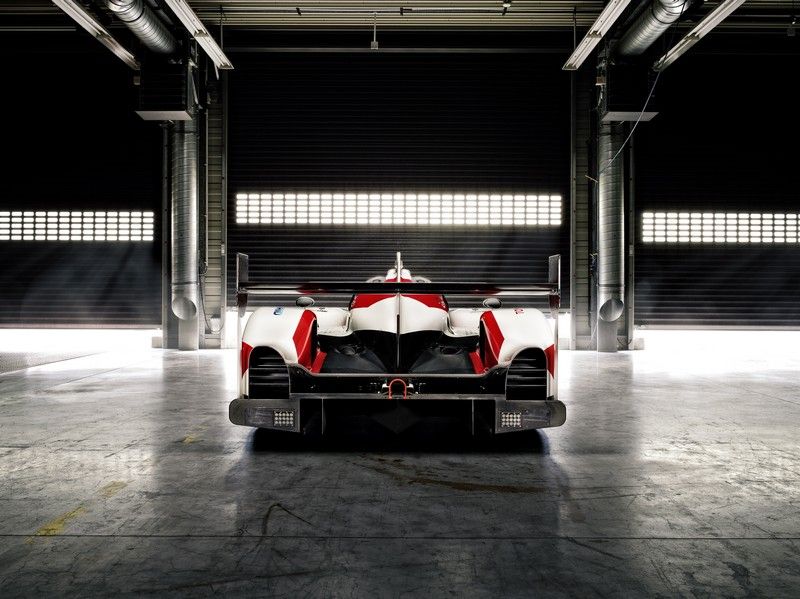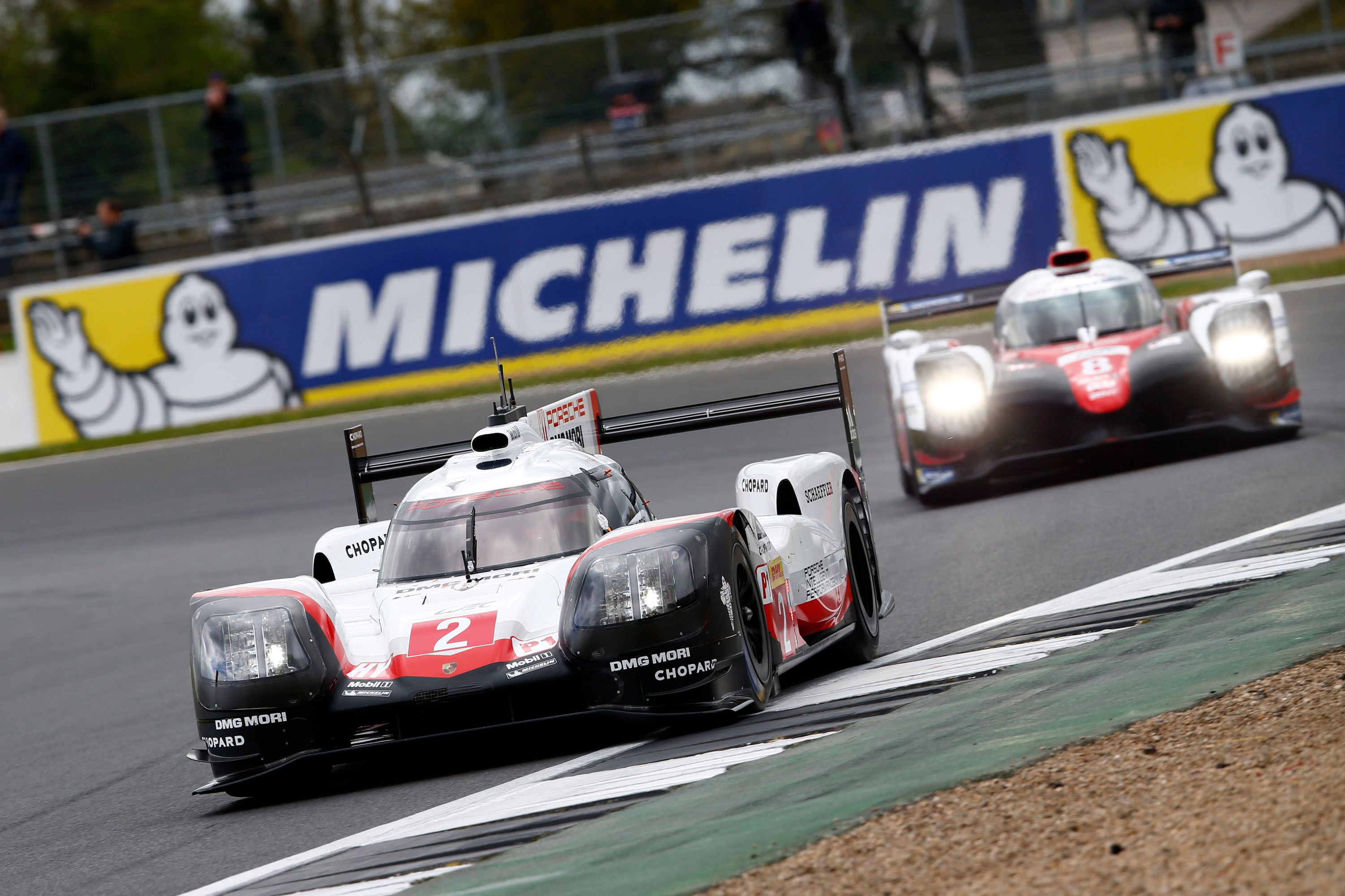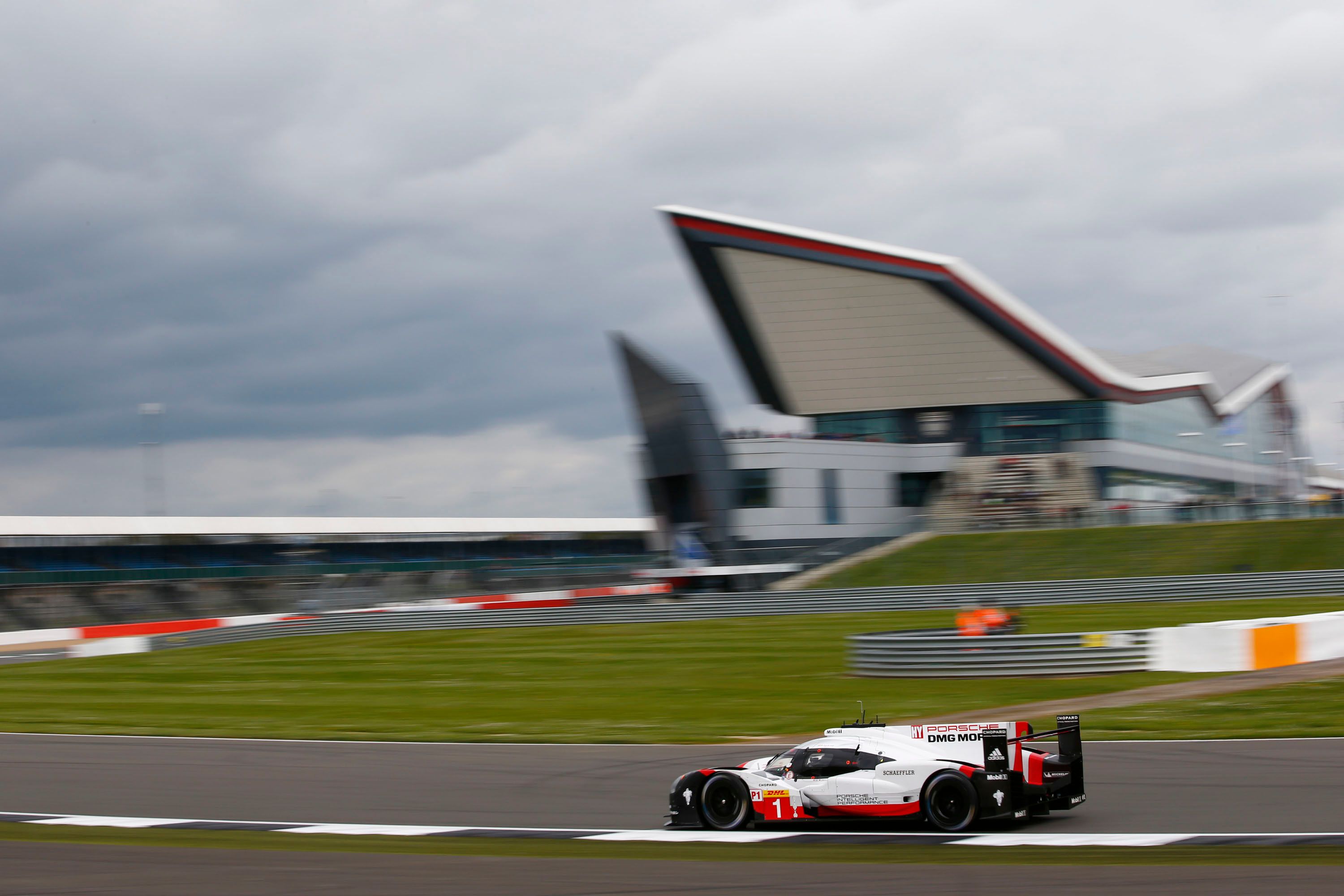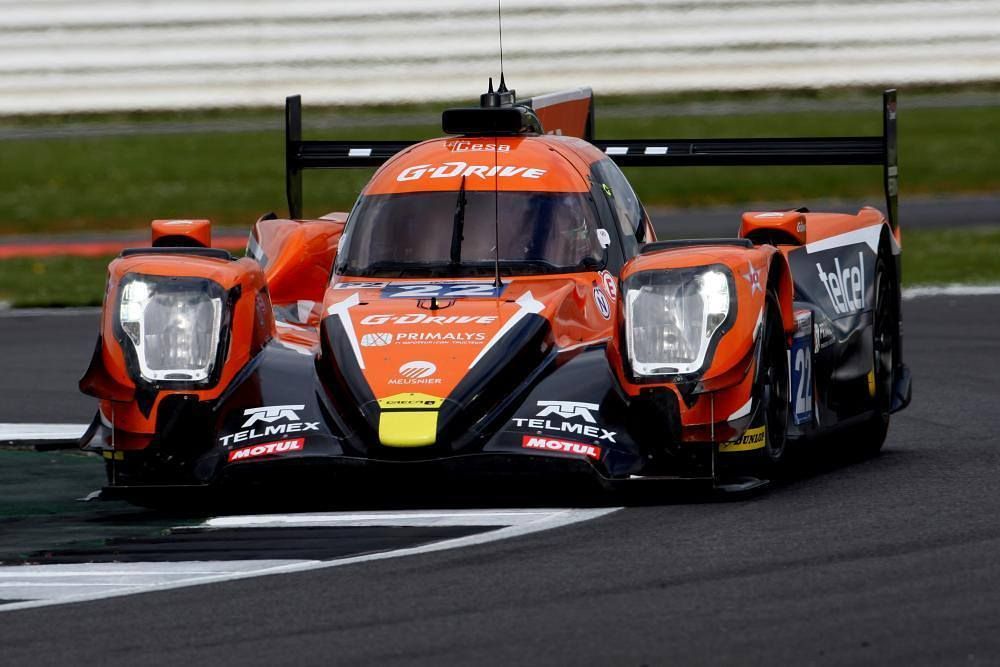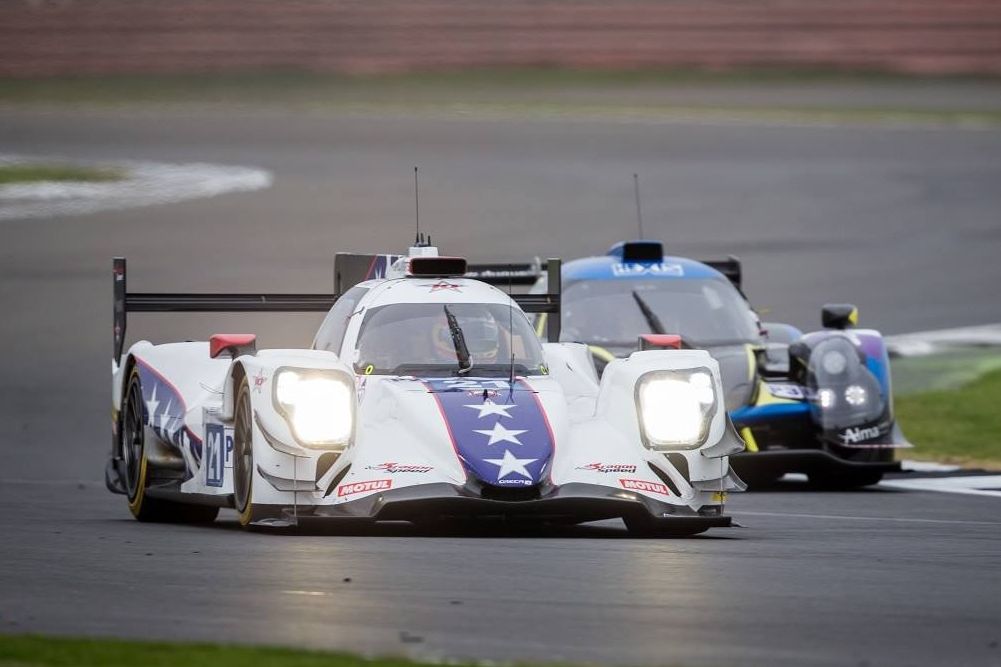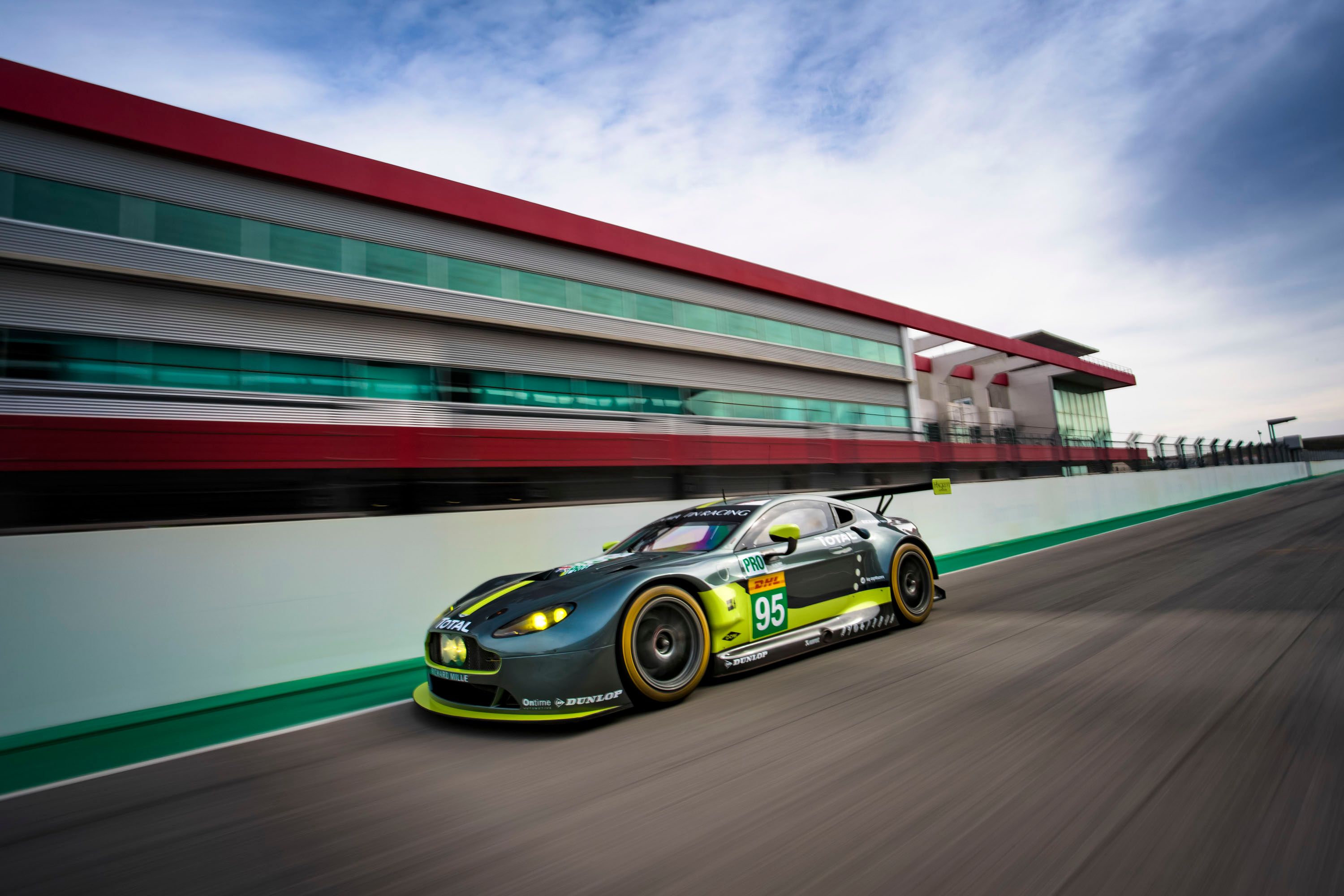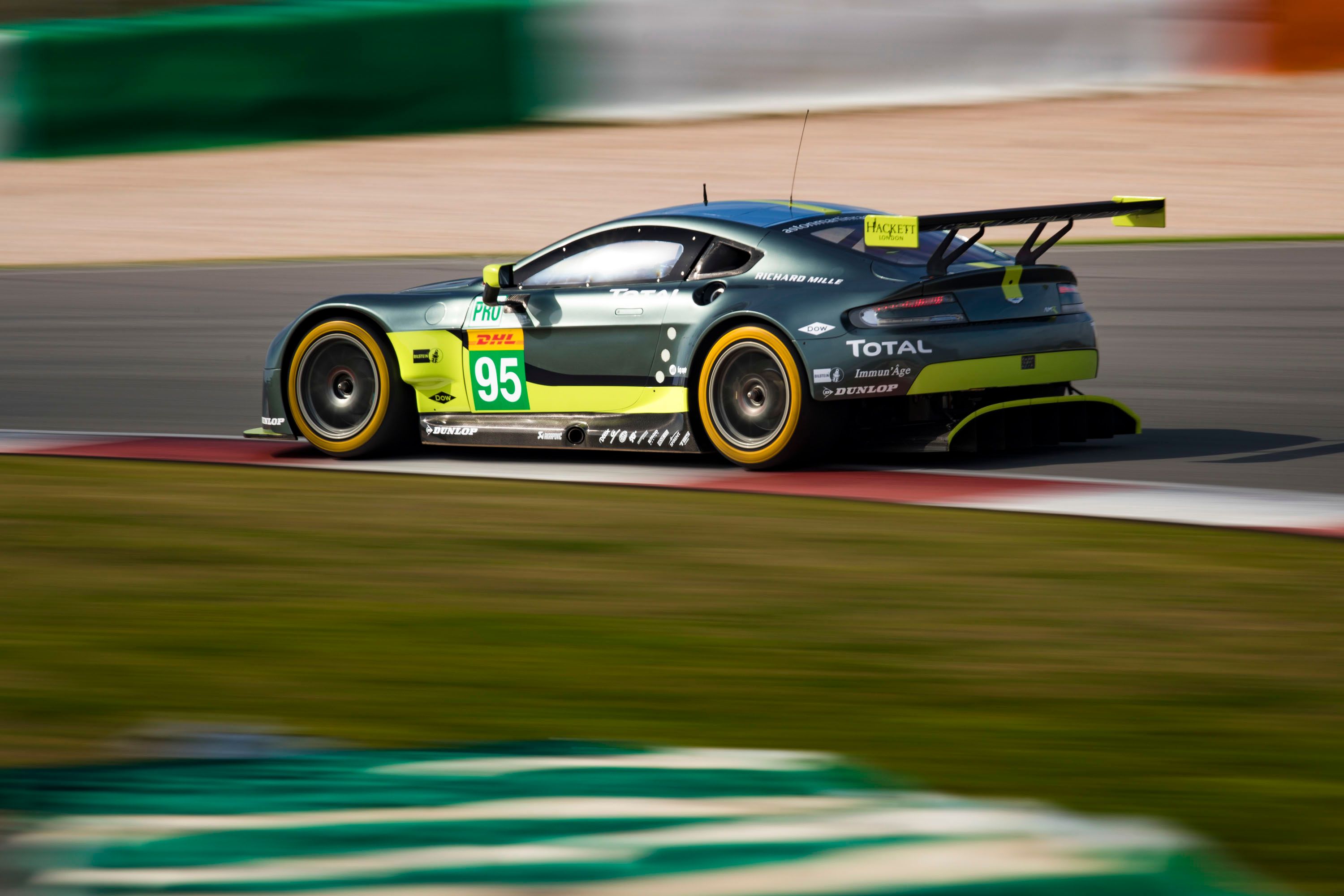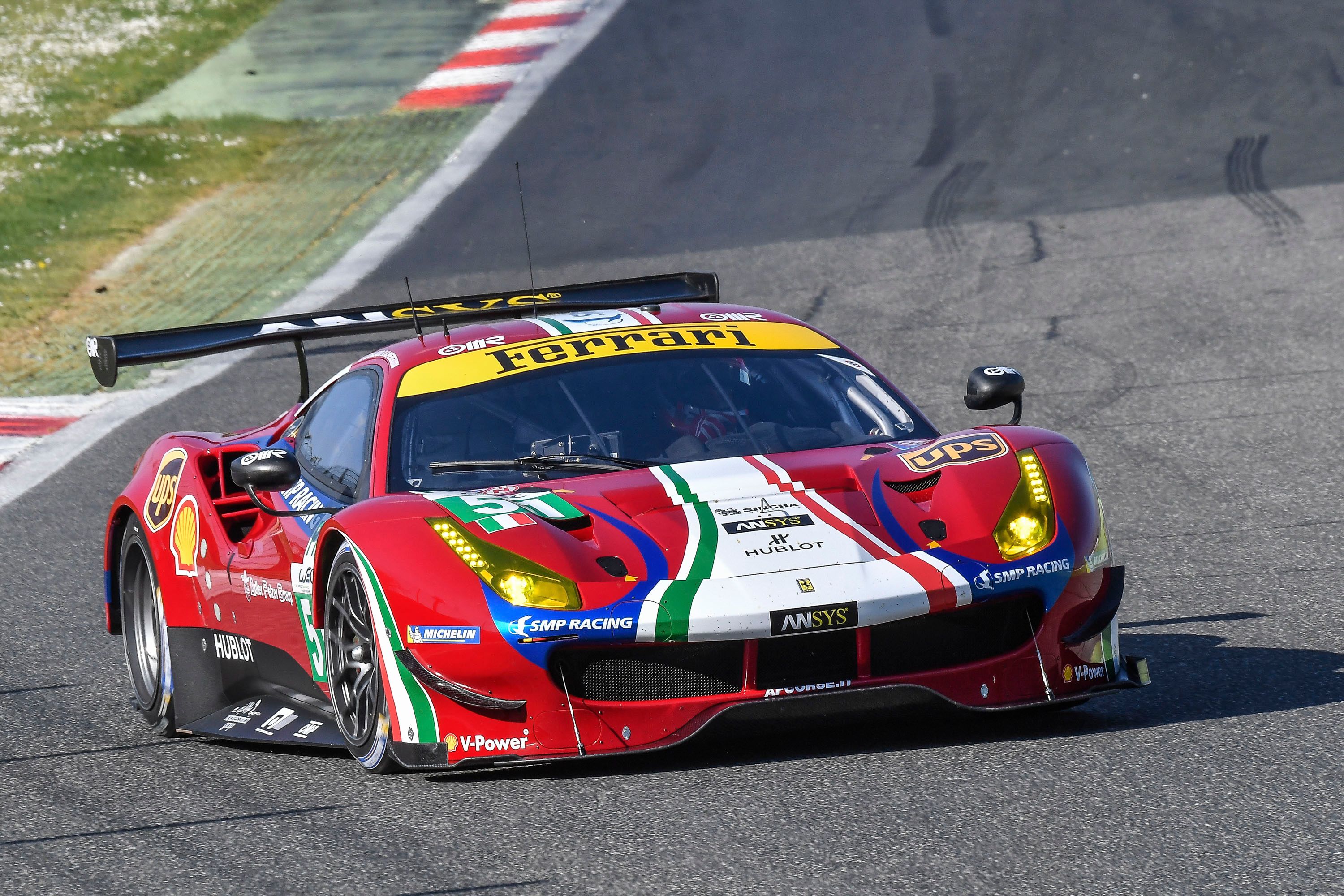This weekend, at Silverstone, will mark the beginning of a new era for the World Endurance Championship. An era without Audi in the top-tier LMP1 category and an era with a brand-new fleet of LMP2 machinery to further compound the mix. Porsche will also debut their new mid-engined 911 in GTE-Pro - that will never see series production. If those aren’t strong enough reasons to make you want to follow the WEC in 2017, I don’t know which are.
Established in 2012 as the natural evolution of the Intercontinental Le Mans Cup, the World Endurance Championship in its current form is an attempt by the FIA to bring endurance racing back to the position it once occupied – right behind Formula 1, of course.
The sixth season of the World Championship is set to kick off without one of its core teams on the grid – Audi Sport Team Joest. The German manufacturer, heavily hit by the Dieselgate scandal that shook the Volkswagen Group to its core, pulled the plug on its LMP1 program after a staggering 18-year-long stint at the sharp end in sportscar racing. This leaves only Porsche and Toyota to battle it out for overall honors while the whole grid will be made up by no more than 27 cars across the four categories: LMP1, LMP2, GTE-Pro and GTE-Am.
Beyond Silverstone, we have eight other rounds to look forward to, one of which being the famed 24 Hours of Le Mans. The blue riband event is the only one to last more than six hours and is also the one that gathers the biggest crowd and the biggest grid. This weekend’s stop in the UK will be followed by the Spa-Francorchamps Six-hour race on May 6-7, then by Le Mans on June 17-18. The Six Hours of the Nurburgring is next after a month-long hiatus on July 16. An even longer break stands between the German round at the trip across the pond for the American races. First off is the Six Hours of Mexico on September 3. This is then followed by the popular Six Hours of COTA on 16 of the same month. Mid-October brings us the Japanese six-hour race at Fuji on the 15 as the final two races are slated for November. Second to last are the Six Hours of Shanghai on November 5 followed by the season-ending Six Hours of Bahrain on the 18th.
While it seems, looking over the grid size and car count per classes, that the WEC’s growth has stopped, things aren’t as bad as they seem and the future still looks bright for the world’s premier sports car endurance racing championship.
Continue reading for the full story.
Smaller LMP1 Grid
The excitement that always blurs our minds before the first drop of the flag in the new season has somewhat dwindled this time around. Not only are we not seeing car counts in the 30s but, what is more, LMP1 is only featuring five cars – two works Porsches, two works Toyotas and the lone non-hybrid ByKolles. It’s quite a sorry sight for the LMP1 class that was, last year, lining up nine cars. But since the last time we’ve had the WEC at Silverstone, Audi and Rebellion have both left the top class. Hindsight is, however, necessary in this situation. What I mean is that we need to put things into perspective.
When the WEC started out in 2012, the endurance world was "mourning" the sudden departure of Peugeot Sport, the winners of the 2009 Le Mans 24 Hours. The French had already developed a hybrid version of their hugely effective 908 HDI prototype but decided to pull the plug on the program regardless leaving Audi without any real opposition. Admittedly, the grid was bigger in P1 five years ago but, whereas now four cars can truly fight for win, back then it was all about Audi. This meant that the ACO – co-organizer of the WEC alongside FIA, had to rush Toyota to get on with the job at hand, that of building their P1 contender, quicker. They were originally slated to debut the TS030 in 2013 but Peugeot’s decision to step down meant that Toyota showed up for Le Mans one year earlier than originally planned. Sure enough, Toyota wasn’t competitive from the get-go, but at least now Audi wasn’t playing the game on their own.
Now, as we’ve delved down in the past of the WEC, we can safely say that the state of affairs is still better than it once was – and the WEC Prologue held at Monza confirmed it. We had Toyota and Porsche gunning it out session after session with near identical lap times. So, let’s look at the two almost identically-painted contenders, both built in Germany but one entered under the Deutsch flag while the other flys Japanese colors.
Team Porsche LMP has dominated the WEC for the past two seasons, winning Le Mans two times on the trot – admittedly, with luck playing its part. They will bring to the plate their re-worked 919 Hybrid which, just by looking at it, you can tell is pushing the concept further than ever before. This year’s car is based on the second-generation 919 that debuted in 2015 but, obviously, looks nothing like Porsche’s first Le Mans winner since 1998.
First off, Porsche has redesigned the car’s wheel arches, making them much more round, the front being dominated by the huge headlights. In fact, the whole nose of the 2017 contender is new, Andreas Seidl saying that somewhere between 60% and 70% of the parts on this year’s 919 are new. He also pointed out that there has been visible progress in the development of the two-liter turbo V-4 used by Porsche, but the same thing can’t be said for the hybrid system where development is close to reaching an upper limit. That’s because Porsche has been using the lithium-ion battery solution for their hybrid system (with two electrical motors, one at each end) since 2014, which means they’ve been working on it for longer than Toyota whose move from the super-capacitor to batteries only took place at the beginning of last season.
Porsche brought to the Monza Prologue its low-drag bodywork, just like Toyota did. The difference here is that Porsche will use this setup at both Silverstone and Spa, while Toyota will debut their high-downforce package this weekend. The thinking behind this decision is linked with the rule changes that now limit wind tunnel hours from 12000 per season to just 800 and the amount of body kits a manufacturer can develop from three to just two. The gimmick here is that once you’ve debuted a package in a racing weekend, you can’t put it through the wind tunnel to further work on it. By using the low-drag package, Porsche have given itself time to refine its other package for the remaining six rounds – all but one of which require downforce over low drag. In other words, Porsche will most likely be slower at Silverstone, a track that requires more downforce, but will then be able to show up with a – they hope – better high downforce setup than Toyota who will stick with what they’ll debut this weekend. Also, we mustn’t forget that Spa is also a low-drag track which reduces Porsche’s damage, not to mention they’ve been traditionally running the low-downforce pack in the Ardennes anyway as a preparation for Le Mans.
But not all regulation changes might potentially work in Porsche’s favor. For example, the tire limit per weekend is now more strict than ever. More precisely, the teams will now be able to make use of just four sets of tires for qualifying and the race with an added two "Joker" sets that they can use whenever they want. This comes alongside a change of compound by Michelin which was given the task to produce rubber that can last two stints but is, in turn, much more susceptible to flatspotting. With Toyota being the car that’s lighter on tires, Porsche might need to make a daring step or two throughout the year to out-gun the Japanese. The men tasked with the driving will be as follows: Neel Jani, Andre Lotterer and Nick Tandy in the No. 1 car (after Porsche decided to drop last year’s World Champions Dumas and Lieb) and Brendon Hartley, Timo Bernhard and Earl Bamber, last of whom steps up to fill for Mark Webber. What Porsche’s done here is take arguably Audi’s best driver – Lotterer – and bring to the P1 ranks two of the men that were behind its 2015 win, Tandy and Bamber. All of them are out and out professionals that have proven their worth time and again so it’s all about how will Toyota stack up.
The Japanese team, running under the Toyota Gazoo Racing moniker, will again field two TS050s that use the monocoque of last year’s car. Other than that, this year’s prototype has a different look, the front end being dominated by the visibly higher nose which, Pascal Vasselon says (Toyota’s Team Manager) draws some inspiration from Audi’s final R18 iteration that ran in 2016. The car again makes use of a V-6 petrol-powered turbo engine but, a new version will be employed this year. This means Toyota has been able to find more room for improvement than Porsche. The same can be said about their hybrid system which, as previously mentioned, is now based around lithium-ion batteries. This had been the case last year but, because the technology was still new to the team, they proved to be unable to make the best out of their package in qualifying. This is why, at Monza, Toyota Gazoo Racing was busy doing qualifying simulations to test their new system at full chat and it worked brilliantly as Toyota clocked the quickest lap at the Prologue.
The change from three to only a couple of body versions will, thinks Vasselon, play into the hands of Toyota. They were left behind in 2016 by both Audi and Porsche when it comes to the high-downforce setup, as they concentrated on building a generally low-downforce car to work at Circuit De La Sarthe. This year, though, the team rebounded and reckons its high-downforce package will work better in the six-hour-long races. Set to take the challenge with Porsche will be: in the No. 8, the same as in the past three seasons, Anthony Davidson, Sebastien Buemi, Kazuki Nakajima and in the No. 7 Mike Conway, Kamui Kobayashi and – new for 2017 – three-time World Touring Car Champion Jose Maria Lopez. Toyota will also field a third car at Le Mans as the Japanese hope to win the 24 Hours race this year, not the 23 Hours and 55 Minutes as they did in 2016 with their car breaking down on the verge of the last lap. The third car that will wear No. 9 will be driven by Stephane Sarrazin, returnee Nicolas Lapierre and Yuji Kunimoto.
Last but not least we’ve got the only “Light” LMP1 on the gird in 2017 or, in other words, the only non-hybrid one: the ByKolles Enso CLM-Nismo P1/01. The car, which has undergone some more modifications in the wake of countless technical gremlins last year, will now make use of Nissan power, more specifically a version of the engine used in the ill-fated front-engined Nissan GT-R LMP1. That’s a switch from last year when the outfit experienced with AER power. Robert Kubica was slated to drive the car that was once run under the Lotus moniker with a Romanian license but has since stepped down. As such, the lineup will again feature Oliver-James Webb, James Rossiter and ex-Rebellion man Dominik Kraihamer.
With the tally of hybrid P1s down to four and if the Nissan-Nismo engine is reliable, ByKolles might be looking at scoring an overall podium when the works teams falter. But I wouldn’t put my money on it seeing their ill-luck in the past few seasons. This being said, the LMP1-L scene will not look like this for long. Ginetta has announced their plans for a P1 car that should debut as early as next year, with BR Competition also interested in building such a machine. This means we might have as many as ten LMP1s (hybrid and not) next season. With this being said, we move to the LMP2 ranks, as ever, on a positive note.
Revised LMP2 Grid
The empowered folks that run endurance racing decided that the status quo in LMP2 needed a shake-up beginning with this year. They said, it’s all for the sake of cost-cutting but this is arguable. Anyway, now we’ve got ourselves only four chassis developers for P2: Dallara, Riley/Multimatic, Ligier and ORECA. Only one of these will be present on the nine-car LMP2 grid at Silverstone - ORECA. And this is about as good as it will get since we probably won’t see the Riley, Ligier and Dallara some place other than Le Mans. That’s mainly due to the fact that all of the teams that have lined up in P2 were already running ORECAs previous car, the 05, last year. It’s worth mentioning though, that some 07 P2s will again be branded as Alpines – that’s if fake variety is your thing.
On the plus side, these new P2s feature more power (100 horsepower more from the Gibson V-8 that all chassis have in the middle of) and overall increased performance levels following years of nagging from P2 drivers that have said time and time again that they’re having trouble passing GT cars that almost match their own cars in top speed (especially at Le Mans). This means that, if we are to believe computer simulations, next year’s cars will be somewhere between eight and ten seconds quicker than last year’s cars. Wider front tires and more downforce also have a play in this. Quicker cars mean a bigger time difference between the Pros and the Ams, the latter of whom are a pre-requisite of this category that revolves around rich people that love racing and have the ability to pay to do it.
Rebellion Racing has stepped down from P1 at the end of last year but their connection with ORECA continues as they’ll enter a couple of French-built chassis in P2 this year. They will run under the Rebellion-Vaillante banner with the Swiss squad trying to revive the comic book hero. They already have two races under their belts after participating in both the 24 Hours of Daytona and the 12 Hours of Sebring. They were polesitters at Sebring but mechanical problems took them out of the running, still, the extra race time they’ve had with the 07 might pay off. The No. 13 car will feature Nelson Piquet Jr. alongside Mathias Beche and David Heinemeier-Hansson. In the No. 31 we’ll meet again with Bruno Senna who drove a Mexican-entered Ligier last year. He’ll be teamed up with Nicolas Prost and Julien Canal in what can only be named a balanced lineup across the board.
Manor will be back in 2017 under the name CEFC Manor TRS Racing with two cars. One, wearing number 24, for former F1 driver Jean-Eric Vergne alongside Tor Graves and Jonathan Hirschi and the other for Vitaly Petrov – also one to join WEC following a stint in F1 -, Simon Trummer and Ricardo Gonzalez. The team will most likely build upon their experience last year as they look to a move to LMP1 with Ginetta in 2018.
TDS Racing will bring two cars to the table. Two will be under their own name and one under the G-Drive Racing moniker. The last of the three features the man behind the G-Drive sponsorship, Roman Rusinov, who’ll drive with Pierre Thiriet and Alex Lynn.
Matthieu Vaxiviere who’s fresh off the seat of a Formula Renault 3.5-liter single seater will be in the car TDS will enter under their own name. He will be joined by Francois Perrodo who makes the move up from GTE-Am and the mountain of experience that is ex-Porsche and Pescarolo man Emmanuel Collard.
Signatech-Alpine, last year’s title winners, have only one car ready for Silverstone – the flag-bearing No. 36. This Alpine-badged ORECA will be driven by Nicolas Lapierre (who will, in turn, be replaced by someone yet to be confirmed at Spa and Le Mans), Gustavo Menezes (now no longer a Silver-rated driver) and Matt Rao. The second car will be driven, starting with Spa, by Nelson Panciatici, Andre Negrao and Pierre Ragues.
Jackie Chan will again “be” on the grid via his Jackie Chan DC Racing team. The outfit will bring two Jota-prepared ORECAs. Alex Brundle, Tristan Gommendy and David Cheng will drive the No. 37 while former Audi works driver Oliver Jarvis will be joined by Ho-Pin Tung and Thomas Laurent in the No. 38.
Since LMP2 will basically be a one-make class, things should get very close between the nine cars in the six-hour races and the added speed just compounds the attractiveness of the category.
Action-Packed GTE-Pro Category
What we find at the back of the WEC field is what’s often been described as the most exciting in terms of on-track battles – the GT classes. First off is the GTE-Pro category where the big manufacturers battle it out. We’ve got Ford, Porsche, Ferrari and Aston-Martin all looking for glory. And this year it may be fairer than ever as the much-disputed BoP (Balance of Performance) system has been replaced by an “Automatic BoP”.
This decision was taken on the eve of the sandbagging scandal at Le Mans last year where Ford got a better BoP deal after going slower than they could have at the first two WEC rounds. This in turn, meant that they were much quicker than anyone at Le Mans and achieved a historical 1-2 finish. The importance of a fair BoP in 2017 is greater than ever before because, now, the FIA has decided that GTE-Pro is worthy of a World Title. As such, the class champions will now be called World Champions – much nicer to the ear, right?
In short, the new system that works thanks to a lot of mathematics, will automatically help or hinder down cars on a race-by-race basis without any person working on it. The system will follow parameters such as sector speeds, top end speeds and the quickest two stints from a manufacturer (regardless of which car recorded them). Approximately 60% of a race will be analysed by this “Automatic BoP” whether or not a certain car should receive a weight brake, or should gain weight or if it should be given a work on the air restrictor or boost levels. Working with the new BoP are new tire rules that limit the teams to four sets per car for qualifying & six-hour race. This means that double stinting tires will become the norm which makes it harder for a team to sandbag, for example.
Each of the four manufacturers will field two cars in GTE-Pro. Amato Ferrari’s AF Corse team comes back as last year’s Manufacturers’ Champion. Their cars, Numbers 51 and 71 will be driven by the following familiar faces: James Calado, Alessandro Pier Guidi, Sam Bird and Davide Rigon. The four of them will be joined at Le Mans by Lucas Di Grassi and Miguel Molina – both on-loan from Audi.
Ford’s European arm will again bring two GTs. No. 66 will be driven by Andy Priaulx, Harry Tincknell and Billy Johnson while in the No. 67 we’ll see Olivier Pla, Stefan Mucke and Pipo Derani who replaces Marino Franchitti.
Porsche is back to the Pro class with its Manthey-run official team after a hiatus caused by their necessity to work on the new car: the middle-engined 991 GTE. Richard Lietz and Fred Makowiecki will drive the No. 91 while Michael Christensen, recently a winner at the Daytona 24 Hours, and Kevin Estre will drive the other car. Patrick pilet and Dirk Werner will step in to help only at Le Mans.
Finally, we’ve got Aston-Martin Racing who are at the very end of the development curve with their Vantage that traces its roots back to the 2008 GT2 model. Last year’s champions, Nicki Thiim and Marco Sorensen will be joined in the No. 95 “Dane Train” by Richie Stanaway. Long-time Prodrive man Darren Turner will share the No. 97 with messrs Daniel Serra and Jonny Adam. Both of them are new in the WEC Pro-class program.
Only Five GTE-Am Cars at Silverstone
Despite the fact that the ACO and FIA decided to freeze the spec of GTE-Am cars to the 2015 generation, teams haven’t been particularly interested to join the “amateur” GT category. Thus, we’ll only see five GTE-Am cars at Silverstone. Spirit of Race will run an AF Corse-prepared 488 GTE for Miguel Molina, Thomas Flohr and Francesco Castellacci. Molina will, as previously noted, race at Le Mans in the AF Corse Pro entry. His replacement at Spirit of Race is unknown for the time being.
Asian GT stalwarts Clearwater Racing will make their WEC transition starting at Silverstone. They enter a Ferrari for Matt Griffin, Keita Sawa and Weng Sun Mok. Their livery will be as striking as ever but we can’t predict if they’ll back that up with on-track success. Alongside the two 488s, there will be two Porsches as well. One for Dempsey-Proton Racing with Matteo Cairoli, Christian Ried and Marvin Dienst on-board and one for Gulf Racing who return with Ben Barker, Nick Foster and Mike Wainright.
Aston-Martin Racing’s third car which will run in the GTE-Am class will no longer be entered under the AMR Junior Team banner. It will, however, still happen thanks to the funding brought forth by Canadian Paul Dalla-Lana whose team-mates from 2016, Mathias Lauda and endurance expert Pedro Lamy, also return. They’re still looking for the GTE-Am title as we’re still wondering how come Daniel Serra got a works Pro seat at AMR and not Lamy whose been basking in the Am sun for years now while he’s always been just as quick (or quicker) than the team’s Pro pilots.
It’s hard to make predictions in sportscar endurance racing. Or, in other words, it’s easy to make bad predictions. That’s why we’ll keep to presenting the facts and let the racing on UK’s “Home of Motorsport” do the talking. All the conclusions will come after the race in our race report so stay tuned for that.

